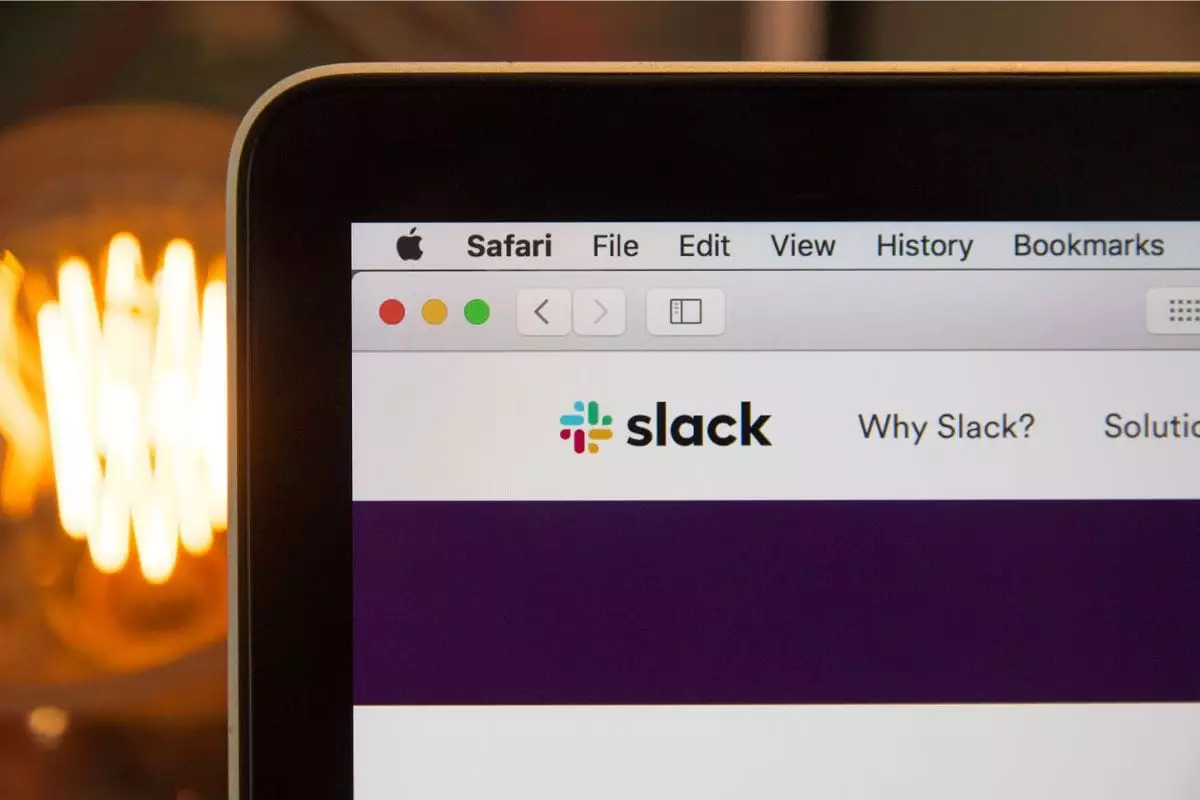In the modern workplace, efficiency and productivity tools are vital to the success of any organization. As competition increases, companies seek innovative solutions to streamline operations and facilitate collaboration. Slack, a dominant player in the work management sector, is reportedly in the process of enhancing its platform with a new artificial intelligence (AI) feature named the AI File Summary. This feature promises to transform the way users interact with documents, offering swift insights into file contents, but it also raises questions about accessibility, functionality, and user experience.
At the core of Slack’s AI File Summary is the promise of enhanced clarity amidst the chaos of documents. Designed to summarize text-heavy files, this feature aims to provide users with quick overviews, enabling them to grasp essential information without sifting through lengthy texts. This potential increase in productivity could revolutionize how teams manage and interpret shared documents, especially in a remote work environment where time is often at a premium.
However, it’s essential to recognize that this feature is still in its developmental stage. Early reports from an application package kit (APK) teardown suggest that while the feature demonstrates promising functionality, it may not be available for all users upon its initial rollout. Speculations indicate that access could restrict to paid subscribers or those who opt for an additional AI package. This limitation could impact user experience and the overall adoption of the new feature, as it may alienate the broader base of free-tier users.
A noteworthy aspect of the AI File Summary is how it integrates within Slack’s existing architecture. According to reports, users will likely find a dedicated section for uploading files, which will be conducive to generating concise summaries. Once created, these summaries can be shared in other conversations, fostering collaborative discussions. However, the feature also includes a level of user agency; individuals can opt out of sharing summaries if they choose, enhancing privacy and control over shared information.
Nevertheless, the feature is bound by certain limitations. Details gleaned from the teardown suggest that file size and text quantity could impact summarization capability. While specific parameters remain unspecified, the implications are significant for users dealing with extensive documents. Additionally, the supported file formats may initially be restricted, potentially excluding certain PDFs, complex Word documents, or specialized text formats from participation in the AI summarization process. The decision to exclude password-protected files further illustrates a necessary balance between security and functionality within workplace software.
Another compelling component of the AI File Summary feature is its feedback system, designed to gather user impressions on the effectiveness of the generated summaries. This feedback loop not only provides Slack with critical insights into user satisfaction but also empowers users to contribute to the iterative development of the feature. According to the strings of code revealed, users will have the ability to mark summaries as accurate or inaccurate, assess the amount of detail included, and comment on the overall clarity and readability.
However, the irreversible nature of removing AI-generated summaries from file details raises concerns. Users must approach this functionality with caution, as mistakenly deleting a summary could lead to lost insights. Striking a balance between streamlining user experience and ensuring robust functionality will be paramount as Slack rolls out this innovative feature.
The introduction of Slack’s AI File Summary feature signifies an ambitious step toward enhancing productivity in the digital workspace. By leveraging AI technology, Slack aims to streamline access to information and foster a collaborative environment. While potential limitations and accessibility concerns are noteworthy, the emphasis on user feedback is a promising strategy for ensuring the tool meets the needs of its diverse user base.
As organizations adapt to a rapidly evolving landscape, tools like Slack’s AI-driven summarization could prove integral in redefining workplace productivity. The anticipation surrounding this feature underscores the broader trend toward integrating AI in daily operations. As we await its official launch, one thing remains clear: the future of work is increasingly dependent on innovative technology that enhances communication and operational efficacy.

